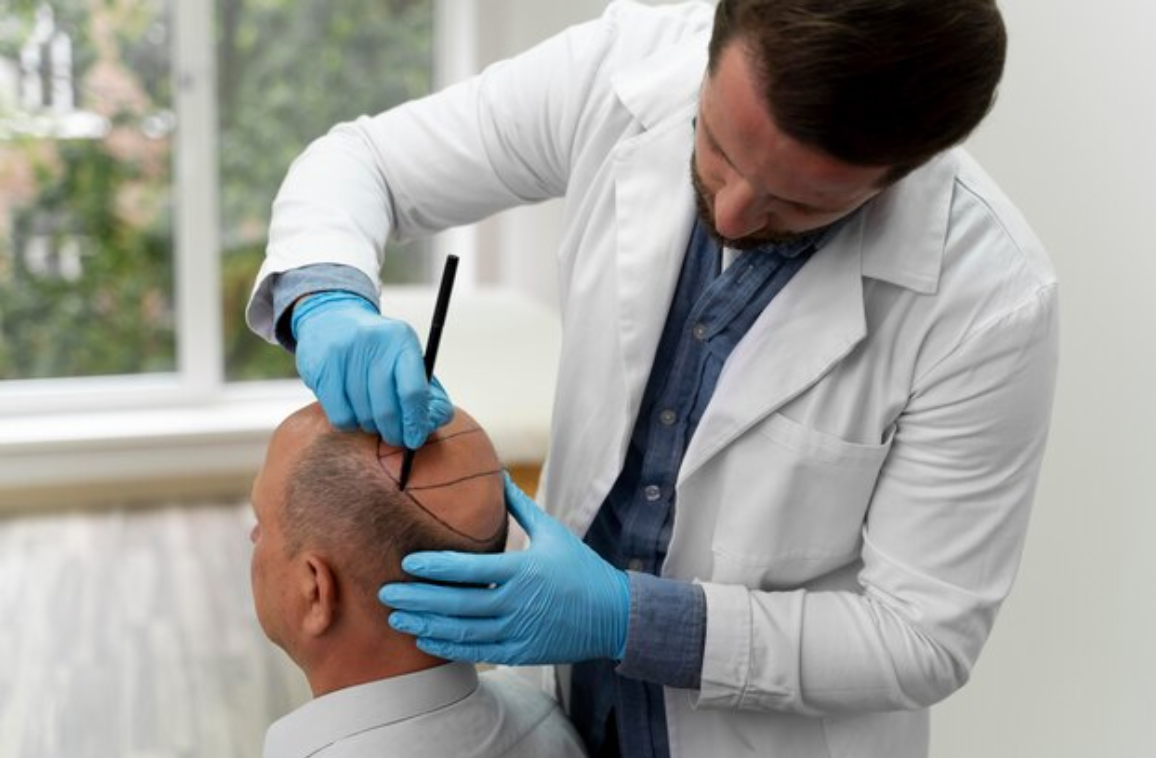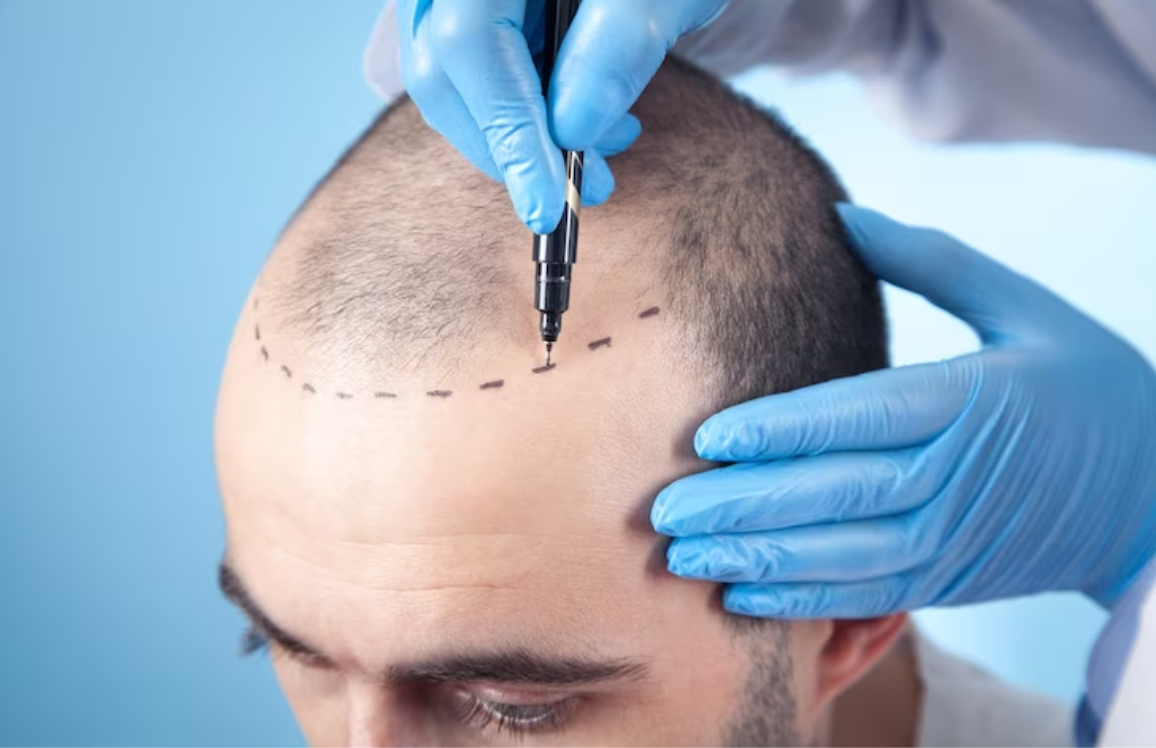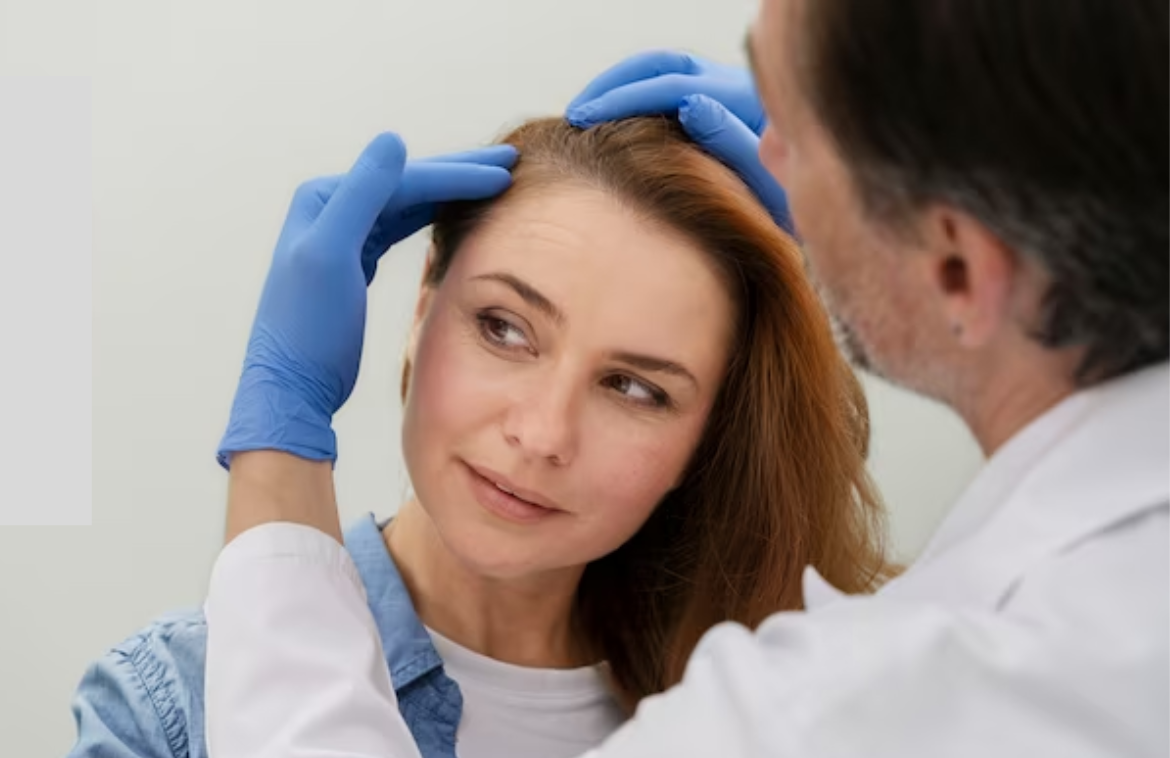Bald people go in for hair transplants to look good. Appearance does matter, after all. Hair transplant suggestions are manifold and need to be considered prior to a hair transplant.
Hair transplant surgery per se has a rather low risk and is relatively safe. It has a minimal incidence of complications. It is a well-accepted fact that no medical science procedure exists without any potential risk of complications. The complication can be a single complaint in the form of pain, itching, dissatisfaction related to the procedure’s outcome, or even a surgical complication in the form of infection, wound dehiscence, or skin necrosis. Inadequate counseling does increase dissatisfaction. Improper examination tends to increase complications, and an incomplete medical history as well as a history of allergies increase the risk during surgery.
What hair transplant suggestions and complications?
Hair transplant is considered a safe surgery, but there can be a few complications, which may be in the form of complaints such as postoperative pain, itching, dissatisfaction related to the procedure’s outcome, or even surgical complications like infection, wound dehiscence, or skin necrosis.
The chances of complaints as well as complications can be reduced by detailed counseling.
Pain
Pain happens to be a common complaint in patients undergoing strip surgery, but patients undergoing follicular unit excision can also complain of pain, usually over the donor area. There can be hypo and hyperesthesia in the donor area as well.
Edema
Postoperative edema over the face does appear on the third day of surgery, first over the forehead and then the upper and lower eyelids, as well as the cheek. Pharmacological measures have indeed less of a role than non-pharmacological measures.
Edema with pain and also redness over the donor area and the recipient area, and a face with or without fever, need to be taken seriously, and immediate measures are required.
Anaphylaxis
Any patient who develops early swelling over the face with or even without urticaria needs to be considered for an allergic reaction. There can be difficulty breathing as well as hypotension.
Itching
Postoperative itching is a common phenomenon at the donor and recipient sites. Drying and crusting happen to be the causes of this itching. Head wash from the third day and topical aloe-vera or oil application do help in effective control of itching. The use of oral antihistamines does play a small role. If the itching remains uncontrolled, then a topical steroid solution can be, of course, suggested for use for fora short period of time.

Hiccups
Hiccups turn out to be an unusual complaint after a hair transplant but can also appear during or immediately after the transplant. The hiccups are due to the irritation of a phrenic nerve, which innervates the postauricular area. These nerves do get irritated during strip harvesting, and FUE may tend to cause hiccups. Routine ancillary treatment can solve the problem.
Postoperative Effluvium
The excessive hair loss of non-transplanted existing hair from the recipient area is often termed shock loss or effluvium. The effluvium can be anagen or telogen.
Folliculitis
Inflammation of follicles is referred to as folliculitis. The triggering factors can, of course, be physical trauma or chemical irritation. Non-infective folliculitis needs warm compression for 15 minutes, two to three times a day.
Poor aesthetic results can be due to the unaesthetic design of the anterior hairline, poor planning, the wrong direction, and also the angle of implantation of hair follicles. Male patients do often ask for the hairline of their teenage years, which does mean a low hairline and also a curved front-temporal area. The design of a low hairline does demand a higher density of hair, and if planned at a young age, there are chances of loss of hair just behind the reconstructed hairline, thus giving very unnatural results.
Infection
The incidence of infection in hair transplant surgery is rather uncommon. A low incidence of infection does not really allow surgeons as well as assistants to bypass the necessary aseptic operation theater setup as well as surgery measures. No matter how invasive or minor the procedure is, it is suggested that all aseptic precautions should be considered as a rule.
Conclusion
Hair transplant complications and suggestions need to be kept in mind if opting for a hair transplant.




